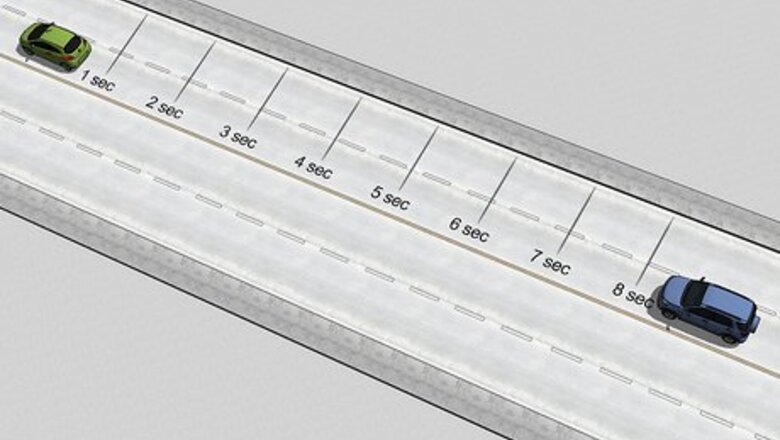
views
Avoiding an Emergency Braking Situation
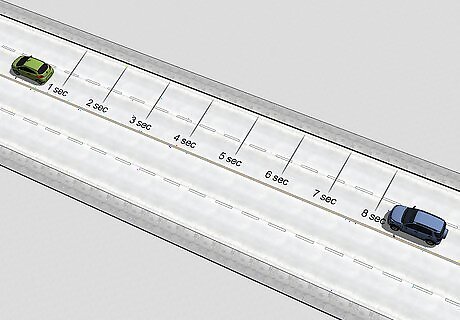
Keep a safe distance from other cars. While tailgating is always a bad practice, it’s especially dangerous in icy conditions. Stay at least 8 seconds behind the vehicle ahead of you. If you’re not used to winter driving, stay 10 seconds behind. To measure your following distance, pick a fixed point ahead of the vehicle you’re following. Street signs work best for this. Keep an eye on the car ahead, and start counting once its nose crosses the fixed point you chose. Count until the nose of your car crosses this same point. If you’re in the 8-10 range, you’ll know you’re maintaining a safe distance. Not all icy conditions need the same stopping distance. At 0° Fahrenheit (-18° Celsius), you need twice as much stopping distance as you would at 32° Fahrenheit (0° Celsius).
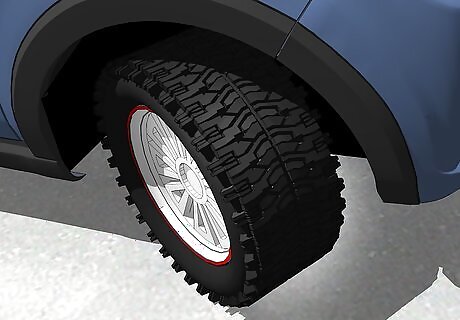
Purchase the right tires. If you’re in an area that sees a lot of snow and ice, having winter tires on your vehicle will make driving less dangerous. They’re specifically designed to help your car maintain traction in winter conditions; the grooves are typically deeper and angled diagonally. If you live in a warmer climate, but you’re concerned about icy roads, you should at least get all-season tires.
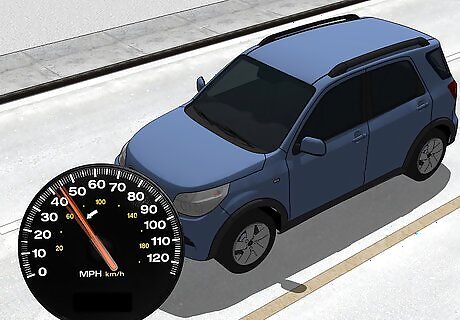
Slow down. You could have the best winter tires on the market, but you still need to use caution. If you’re driving on icy roads, you shouldn’t go any faster than 45 mph (72 kmh), even on the highway. Driving more slowly gives you more time to react, giving you more distance to immobilize your vehicle.
Using ABS Brakes
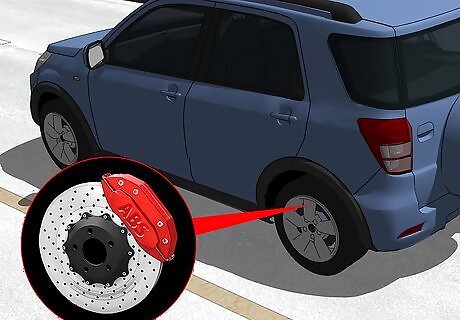
Confirm that your car has ABS brakes. You can usually do this by checking your car’s specifications, whether on the internet or with a dealer. The more recent your vehicle, the more likely it is to have ABS brakes. If you’re really unsure, you can always check with a mechanic the next time you get your car serviced.
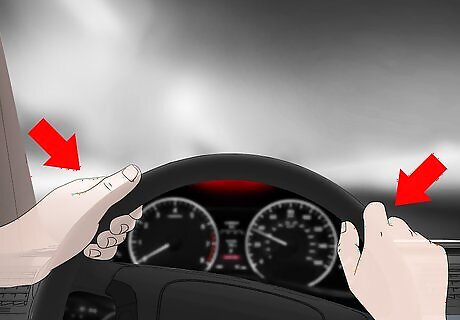
Keep a firm grip on your steering wheel. Because ABS brakes do most of the work preventing your wheels from locking, they make it easier for you to steer when you need to brake on ice. Rather than keeping your hands fixed at the 10 and 2 positions, you should shuffle your hands so they always stay on their side of the steering wheel. This means that, even if you need to turn the steering wheel harshly, your arms never cross, giving you more control. This is very similar to the grip many race car drivers use.
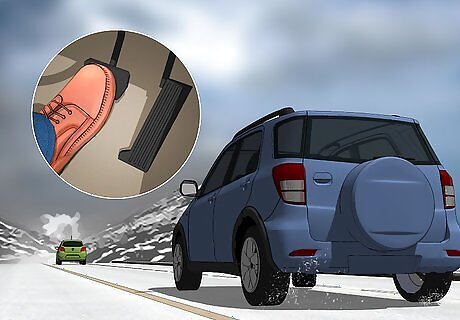
Brake as soon as possible. While they do a great job of preventing your wheels from locking, ABS brakes don’t work as well on ice and snow as they do on pavement. As such, it’s important to react quickly, then let the system work. It’s crucial to stay alert and always keep your eyes on the road.
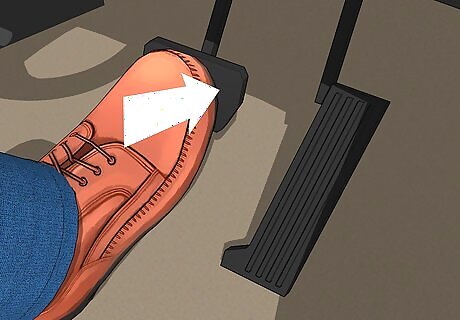
Push firmly on the brakes. With ABS brakes, you don’t have to worry about pumping the brakes or applying steady pressure. Just push the brake pedal hard. You might feel the pedal shudder and push back against your foot slightly. This is normal; the ABS is kicking in, relieving some of the pressure from the wheels to prevent them from locking. Don’t remove your foot or pump the brakes, let the system work.
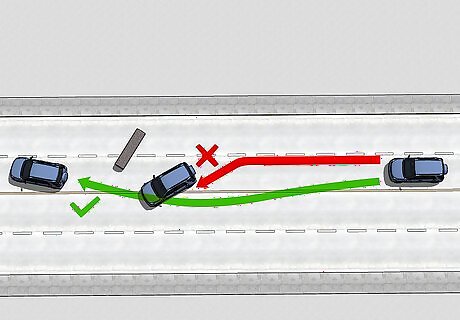
Steer carefully to avoid obstacles. Sometimes braking isn’t enough, and you might need to steer away from a possible collision. If you need to steer, make smooth, precise movements. Jerking the steering wheel can cause your car to skid and slide. The wheels will lose their traction and you’ll lose control of your vehicle.
Using Threshold Braking
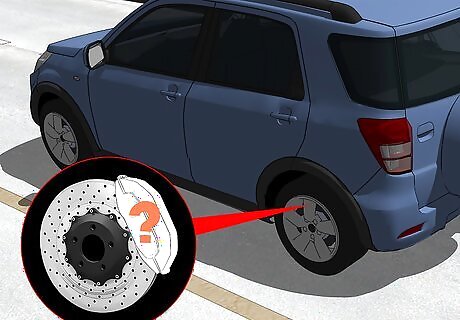
Check if your car has an anti-lock braking system (ABS). Threshold braking is used with vehicles that don’t have ABS. This system prevents the wheels from locking in an emergency braking situation, so you might end up locking your wheels if your car doesn’t have ABS. This can make the car slide or skid. Using threshold or squeeze braking allows the car to slow down as much as possible without the wheels locking. Check your owner’s manual or ask your mechanic if your car has ABS. While most modern vehicles have ABS, older cars don’t.
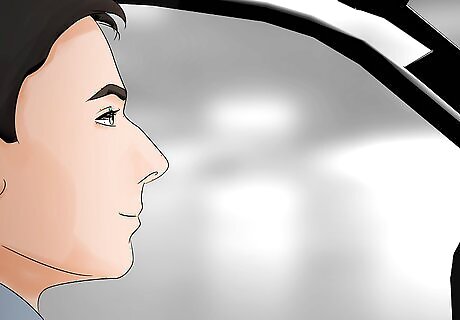
Stay calm. While this is difficult to do in an emergency situation, panicking is a sure fire way to lose control of your vehicle. It’s important to keep your cool if you need to brake on ice. If you’re worried about how you’ll react in an emergency situation, you can try your hand at driving on ice at certain driving schools.
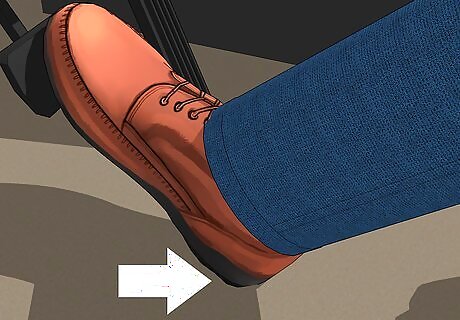
Keep your heel on the floor as you push the brake pedal. Keeping your heel to the floor lets you use the muscles in your foot to push the brakes rather than the muscles in your leg. This gives you more control. Avoid slamming the brakes. This will cause the wheels to lock and your car is likely to lose traction and start skidding.
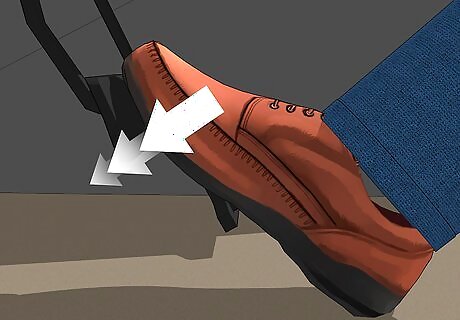
Push steadily with your foot. This is the key to threshold braking. Apply firm, steady pressure to the brake pedal. Your car should slowly start decelerating as you push the brakes. Keep the pressure even, and stop just short of causing your wheels to lock. You’ll feel feedback in the brake pedal, a certain threshold as you brake. This is when you can get the most deceleration out of your brakes; if you go past this your wheels will lock and you’ll lose traction.
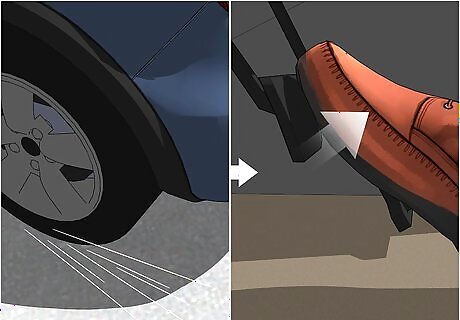
Slowly stop braking if you feel the car start to skid. If you pass the threshold, your wheels may lock and the car may start to skid. To stop the skid, you’ll want to relieve just a bit of pressure from the brakes by curling your toes up. Once you feel the car starting to gain traction, you can smoothly apply pressure to the brakes until you reach the threshold. If your car has front wheel drive, it will usually go into a front skid, with the car’s nose skidding away from the direction you want to go. With rear wheel drive vehicles, the back of the car will start skidding first.
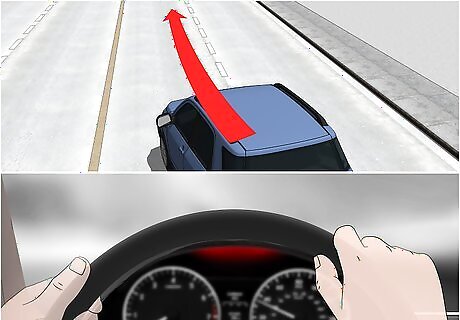
Steer in the direction you want to go. If your car skids and you’re not able to correct it with application of the brakes, you’ll need to steer very carefully. Remain calm, as jerking the wheel will just make the situation work. Whether you’re in a front or rear skid, just steer the car towards the direction you want to go with small, controlled movement of the steering wheel.













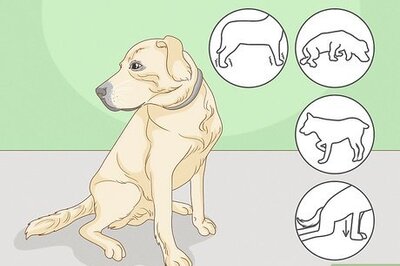





Comments
0 comment